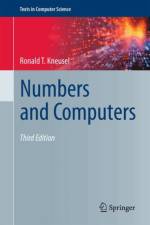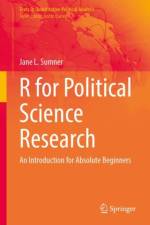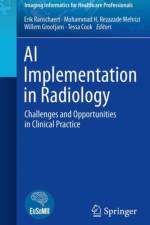av David Pocock
507
"David Pocock has always been one of the most original thinkers in the field of family therapy. This is a book that can refine your thinking and inspire your practice. I warmly recommend it!"-Peter Rober, Professor in Clinical Psychology at the Institute for Family and Sexuality Studies, Faculty of Medicine, University of Leuven, Belgium."This masterful and comprehensive book is a must-read for psychoanalysts, humanistic psychotherapists and systemic therapists interested in expanding their collection of ideas and practices."-Susan Lord, Ph.D., LCSW Clinical Associate Professor Emerita at the University of New Hampshire, Taos Institute Associate, private practice in York, Maine, USA.Using a critical realist framework, the author invites individual therapists to think systemically-including issues of social justice-and family therapists to explore a deeper understanding of the individual in contexts, including the domain of the unconscious. It uses multiple perspectives-often novel combinations from quite dissimilar psychotherapy traditions-to expand holistic understanding and provide a richer variety of resources to bring to the co-constructed therapeutic encounter. It takes the reader from a critical examination of the often-unspoken philosophical underpinnings of psychotherapy practices, via a range of theoretical and practice considerations, including theory choice, the role of science, knowing and not-knowing, emotion in the system, power and autonomy, collaboration and change, and sameness and otherness, through to clinical topics of triangulation, aggressive out-of-control behaviour, and self-harm in which all the preceding elements of the book are brought together. Numerous brief case vignettes and longer case examples ensure that theory is always grounded in practice.David Pocock is a systemic family therapist and psychoanalytic psychotherapist in independent practice in Wiltshire, UK. He is the co-editor, with Carmel Flaskas, of Systems and Psychoanalysis: Contemporary Integrations in Family Therapy, published by Karnac.






























